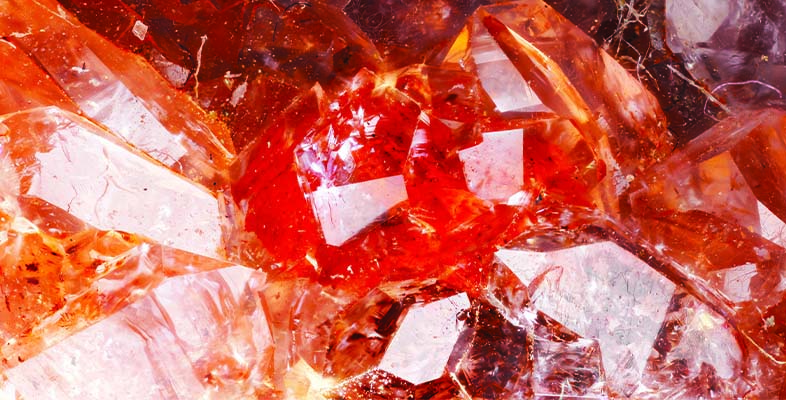3.5 Density
Density is a measure of how heavy an object is for a given volume. You can get a general idea of the relative densities of different minerals just by picking them up: a piece of galena (PbS) feels heavier than a piece of quartz (SiO2) of the same size.
The density of a mineral depends on its chemical composition, the type of bonding and its crystal structure. The standard unit of density is kg m−3. Examples of the relative densities of various minerals compared with water at room temperature (about 1000 kg m−3) are shown in Table 1. The relationship between density and crystal structure is explored further in Section 4.
| Mineral | Symbol/formula | Relative density at room conditions (compared with water = 1.0) |
|---|---|---|
| Graphite | C | 2.2 |
| Quartz | SiO2 | 2.65 |
| Diamond | C | 3.5 |
| Barite | BaSO4 | 4.5 |
| Galena | PbS | 7.6 |
| Silver | Ag | 10.5 |
| Gold | Au | 19.3 |
According to the information provided in the Digital Geology Kit [Tip: hold Ctrl and click a link to open it in a new tab. (Hide tip)] , which of the following minerals has the highest density and which has the lowest density: garnet, gypsum and quartz?
Garnet has the highest density (3.6-4.3); gypsum has the lowest density (2.3). Quartz is in between (2.65). (Density values quoted are relative to water.)
